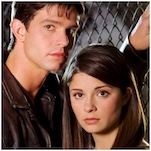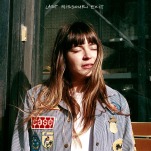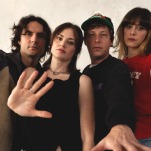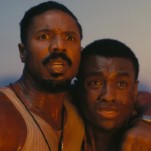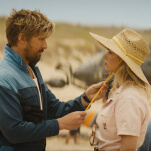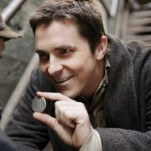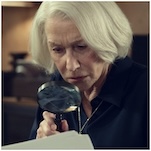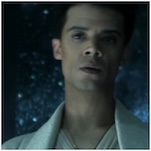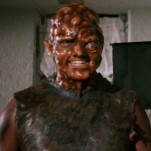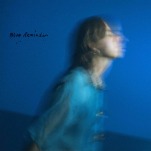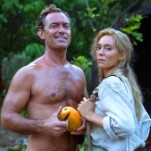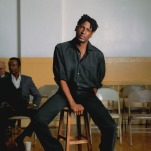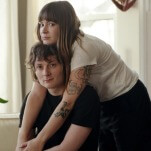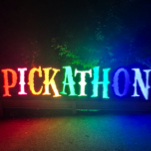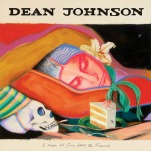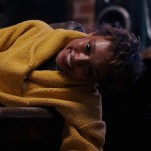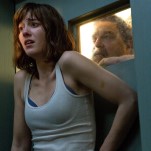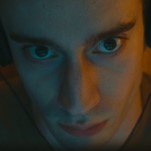The Nevers: Joss Whedon’s Overstuffed HBO Series Is Much Ado About Nothing
Photo Courtesy of HBO
It’s been a long 12-years since Joss Whedon created and ran his last television show, Dollhouse. But even then, that show’s concept—of a beautiful young woman conscripted into a program where she’s hired out to clients to do whatever they pay her to do—inherently had a lot of ickiness baked right into its DNA. And in the ensuing years, despite big screenwriting and directing successes from Serenity to The Avengers, Whedon’s life has been marked by a succession of real-life ickiness. It has disillusioned a big chunk of his once ardent fanbase, especially women who embraced and cherished in his feminist, pop-culture creation, Buffy the Vampire Slayer (as played by Sarah Michelle Gellar).
In the wake of recent disturbing revelations about Whedon’s behavior with women on prior shows, many have included his name in discussions about how to separate problematic creatives from their art. Now, surely adding fuel to that fire. will be Whedon’s first foray into non-broadcast television: the richly-produced, HBO sci-fi drama, The Nevers.
If the series existed in a vacuum, the very Whedonesque hallmarks present in the show’s concept certainly speak to his geek base: a newly supernaturally empowered, female-centric ensemble (dubbed “the Touched”) live together in an orphanage in Victorian-era London, and try to navigate their imposed “otherness” at the hands of the white patriarchy and everyone else just fearful of their abilities. However, in light of recent history, if Whedon’s past work meant something to you artistically, culturally, or emotionally, that logline might as well scream “RED FLAG” or “trigger-warning.”
But if you can tolerate the tone deafness of Whedon wading into those themes at all, then the obvious question becomes how he comports himself in exploring all of that, in a medium where his skills have arguably been displayed to their best effect? Unfortunately, the answer for The Nevers is not well.
While The Nevers is a beautiful series (production-designed, costumed, and produced to the nth degree by many of the talents behind the cinematic spectacle of HBO’s Game of Thrones), the narrative is often dense beyond comprehension. Despite sexy intentions, the series is sometimes laughably prurient. Moreover, it’s riddled with Whedon’s signature dialogue that’s entirely too self-aware with how smart it’s trying to be.
Maybe existing outside of the everyday grind of episodic storytelling for the last decade has made Whedon incredibly rusty, or perhaps it’s just the sheer volume of ideas, themes, characters, and plots he’s crammed into The Nevers that renders it inert. Despite a talented cast, led by the exceptional Laura Donnelly (Outlander) as the Touched protector, Mrs. Amalia True, it’s frankly far too large—there are 19 principal cast members are all vying for screen time. Each has a complicated and purposefully enigmatic history that Whedon dribbles out to the audience in haphazard and confusing ways. At the same time, he’s also using many of them to contextualize this high-concept world through huge lumps of exposition-filled dialogue, all told across a plethora of regional English, or Irish, accents. A viewer’s brain has to be working in 4-D to process everything coming at them in any given minute. It’s exhausting to the eye and ear from the get-go, and what is sacrificed in the din is the audience forming genuine connections with any of characters, which is usually Whedon’s forte.
-

-

-

-

-

-

-

-

-

-

-

-

-

-

-

-

-

-

-

-

-

-

-

-

-

-

-

-

-

-

-

-

-

-

-

-

-

-

-

-


